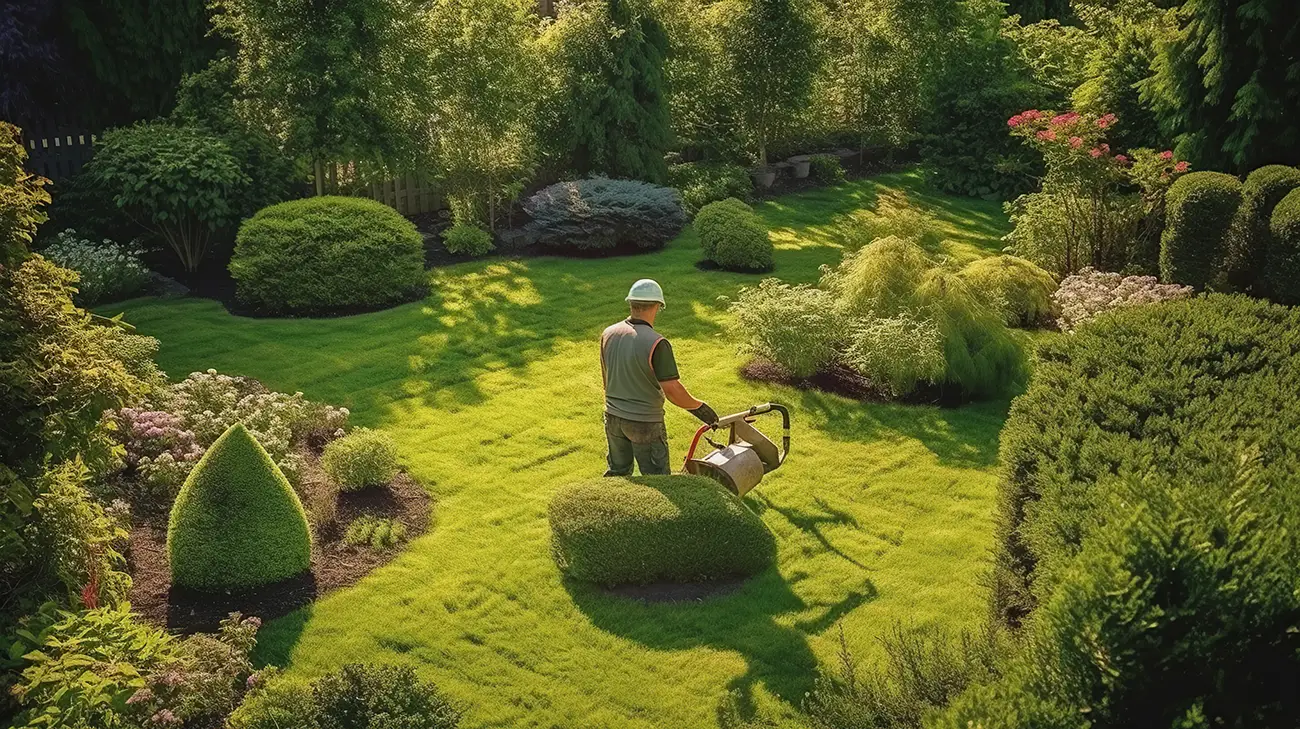
Care for native landscapes, protect biodiversity and build hands-on environmental skills — all while earning a nationally recognised qualification.
Trainee – Conservation & Ecosystem Management

Salary Range
$18 – $28/hour (Entry-level Award wages; increase with experience and year level.)

Recommended Training
Certificate III in Conservation & Ecosystem Management

Job Listings
Browse current job openings and take the next step in your landscaping career.
Job Overview
Trainees in Conservation & Ecosystem Management work on real sites alongside experienced field crews — helping care for bushland, wetlands, coastal dunes, and other natural habitats. You’ll learn how to remove invasive species, plant and protect native vegetation, maintain access tracks, and apply sustainable land management practices. Training combines hands-on, paid experience with nationally recognised study — supported by qualified trainers and mentors in the field. This is a great pathway for people who love working outdoors, want to make a real difference for the environment, and enjoy learning by doing.Every day you’ll see the results of your work — from new growth to healthier ecosystems — and know you’re helping protect and restore Australia’s natural landscapes.

Tasks & Duties
Identify and remove invasive weeds using safe manual or chemical methods
Plant, protect, and monitor native vegetation to support regeneration
Conduct site inspections to assess ecological and cultural features
Assist with seed collection and propagation for revegetation projects
Use maps, GPS tools, and field notes to guide site activities
Operate machinery and tools like brush cutters, chainsaws, or side-by-side vehicles
Maintain access tracks, fences, and site safety zones
Sample and test water or soil to monitor environmental health
Help identify local fauna and support habitat protection practices
Follow environmental safety procedures and complete WHS checks
Attend training days and apply new knowledge directly on-site
How to Become a Conservation & Ecosystem Management Trainee
No previous experience is required — just a passion for the environment and a willingness to work outdoors
Most people start through a paid traineeship, combining real-world fieldwork with nationally recognised study through a Registered Training Organisation (RTO). You’ll be supported by your team, mentors, and trainers while working toward your qualification.
Common Training Pathways
- Certificate I in Conservation & Ecosystem Management (AHC10120) Introductory program ideal for school-based or foundation learners. Covers basic safety, plant care, and worksite support.
- Certificate II in Conservation & Ecosystem Management (AHC21024) Core entry-level qualification for the industry, focusing on plant ID, WHS, field tools, and bush regeneration basics.
- Certificate III in Conservation & Ecosystem Management (AHC31421) The key industry qualification for this field. Offers advanced training in bush regeneration, land management, and ecosystem restoration — and opens the door to higher-level job opportunities and leadership pathways.
Career Progression & Pathways
This pathway opens the door to long-term careers in bush regeneration, land management, and environmental restoration — from fieldwork to leadership.
Starter
Trainee – Conservation & Ecosystem Management, Field Assistant, Bushland Crew Member
Skilled
Bush Regenerator, Environmental Services Technician, Landcare Field Officer
Advanced
Site Supervisor, Natural Resource Manager, Environmental Consultant, Compliance Officer, Project Coordinator – Conservation, Business Owner

Already Working in Landscaping or Horticulture?
If you’ve been working in garden or grounds maintenance, you may be eligible for Recognition of Prior Learning (RPL). This process allows experienced workers to have their skills formally assessed and credited toward the qualification, helping you fast-track your pathway to becoming qualified.
Speak with a Registered Training Organisation (RTO) to explore your RPL options.
Other Key Considerations
- White Card (Construction Induction) Required to work on school, council, or public infrastructure sites.
- Driver’s Licence Helpful for travelling between job sites or operating equipment like trailers and ride-on mowers.
- First Aid Certificate Often preferred for roles involving public spaces, schools, or recreational facilities.
- ACDC Licence (QLD) This may be supported if weed control is part of your role.
“Working in environmental landscaping gives you the chance to restore ecosystems and protect natural spaces. It’s hands-on work that leaves a real legacy.”

Skills, Attributes & Experience
You’ll learn most skills on the job — but this is a great fit if you are:
- Passionate about nature, biodiversity, and sustainability
- Comfortable working outdoors in all weather
- Physically capable and confident using tools or machinery
- Observant, safety-focused, and detail-oriented
- A good communicator who works well in small crews
- Keen to follow protocols and protect natural values
- Motivated to build a career that gives back to the environment

Not Sure Where to Start?
Take our interactive career quiz to discover which landscaping pathway best matches your skills and interests.
